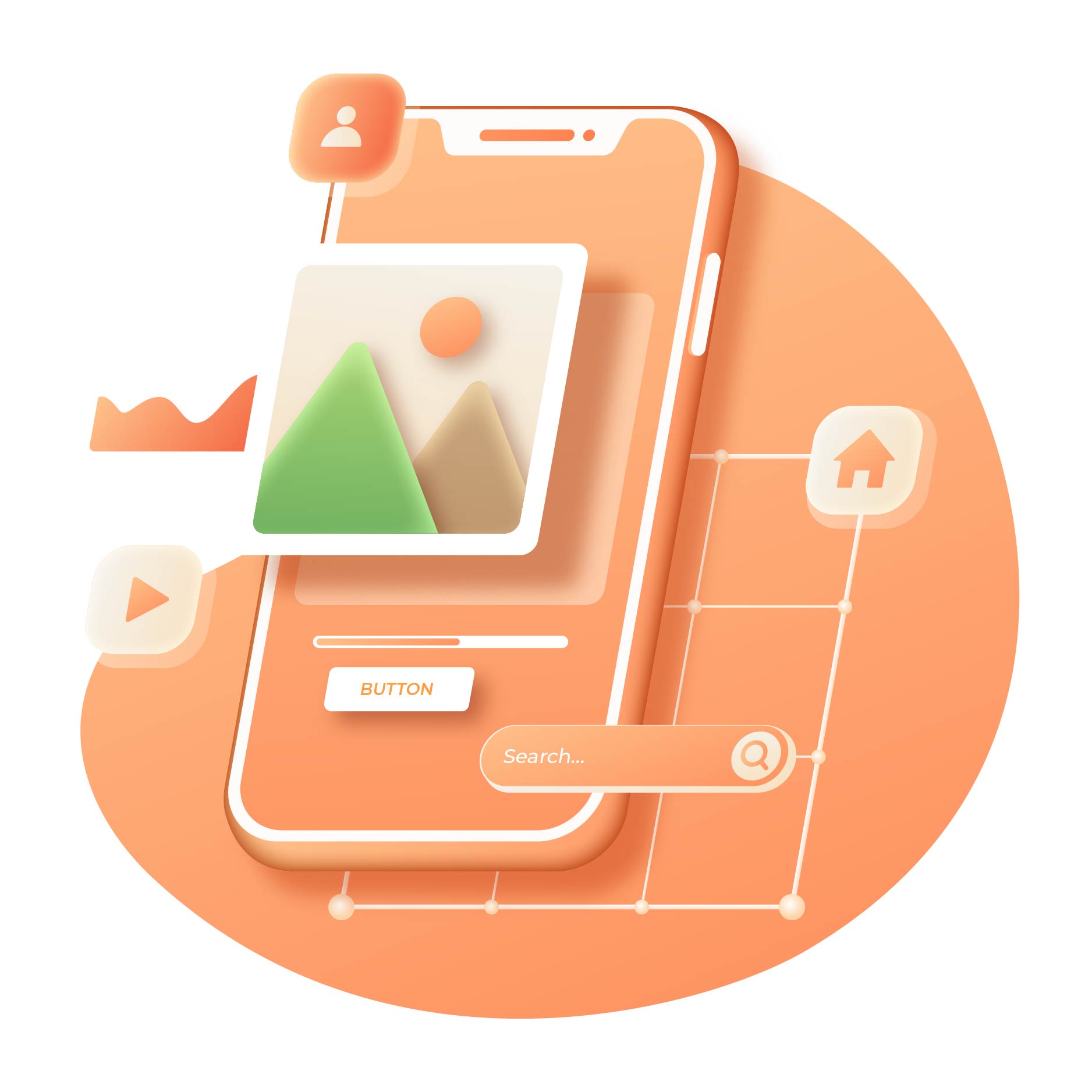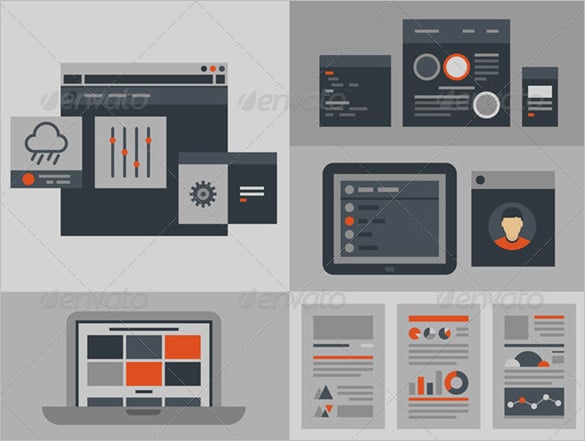Table Of Content

Learn more about the importance of microinteractions (and how to create your own) in this guide. Documenting UI design principles, visual styles, colour palettes, typography guidelines, and interaction patterns is crucial for consistency and efficient collaboration. Share these guidelines with stakeholders to provide a clear reference for design decisions and foster a shared understanding. This keeps everyone on the same page, and helps you feel more in control of the UI design process overall. Some UI designers create style guides, which serve as comprehensive documentation of the visual and interaction design guidelines, branding elements, and UI components used in the design. Style guides help establish and maintain a consistent visual language across the digital product.
No More Gooey GUIs, Low-Code Now 'Interfaces' With App Design Layer - Forbes
No More Gooey GUIs, Low-Code Now 'Interfaces' With App Design Layer.
Posted: Fri, 27 Aug 2021 07:00:00 GMT [source]
– Consider the User's Experience
User interface design is a craft in which designers perform an important function in creating the user experience. UI design should keep users informed about what is happening, giving appropriate feedback in a timely manner. The visual look and feel of UI design sets the tone for the user experience.[2] On the other hand, the term UX design refers to the entire process of creating a user experience. You don’t have to look far for examples of graphical user interfaces — you’re using one right now. The home screen of your chosen device uses a graphical user interface design to allow you to click and open up your browser. The GUI design of your browser allows you to search, and select a website.
Law of Gestalt (6 Visual Perception Principles in UX Design)
While it’s largely a visual discipline, many people don’t realize that there’s a psychological aspect that is paramount to good UI design. Our ultimate glossary of the 32 user interface elements for UI designers includes everything you need to know about UI elements. User interface (UI) design is an incredibly broad, multidisciplinary, and creative field. Good UI design is increasingly recognized as an essential tool to increase user engagement and create products that are both useful and visually pleasing. Black text on white background remains standard for printed media, but UI designers can choose different colors using contrast checkers and plugins created by Figma's design community. Figma's selection colors feature lets UI designers explore different color schemes, then apply consistent colors and contrast across their final designs.
A Complete Guide to the UI Design Process

The ability to identify small elements that can improve the quality of your design is vital. Including lots of features and information in a UI design is never a good idea, even though most clients will ask you to do this. You must remember that you’re designing for this specific purpose and not yourself, your peers, your portfolio, or dribbble.
All popular websites adapt their GUIs to fit the size of the screen they’re on. This is called responsive design and is an essential consideration in GUI design today. This is a highly iterative stage that’ll see you continuously share your designs with stakeholders and refine them as you go.
Step-by-step instructions on how to design a user interface.
Endeavor to design UI in a way that all data introduced on the screen will be significant and applicable. Analyze each component and assess it in view of the worth it conveys to clients. Unlike a “flat” billboard or poster design, an interface is interactive and should strive for maximum accessibility. Will people who are blind or deaf be able to utilize this interface?
Your cosmetics (i.e., your body’s senses, presentation, and reactions) represent the UI design. Maybe you’re new to the UI game, or a seasoned designer looking to keep your skill set updated. Here are five tips and best practices to make your UI designs even better. Learn the essentials of software development so you can work more effectively with developers. Understand the fundamentals of UI elements and design systems, as well as the role of UI in UX. Don’t assume that all users are just like you and the people you know.
Bad by Design: The World of Intentionally Awful User Interfaces - The New Stack
Bad by Design: The World of Intentionally Awful User Interfaces.
Posted: Sun, 28 May 2023 07:00:00 GMT [source]
Don’t hold this against users; make it easy to backtrack whenever necessary, by implementing a fast and forgiving undo/redo function. Not only will this help to avoid the frustration of lost data and wasted time, but it gives users the confidence to explore your app and make changes without fear of negative consequences. But don’t put the burden on the user of expecting them to remember how they got to their current location. This way Little Red Riding Hood can easily find her way back out of the forest—without fear of meeting the Big Bad Wolf. Above all, never ask users to re-enter info that they have already provided. Having said this, when new or unusual functions are introduced, it can be equally important to differentiate them from what went before.
It’s a type of user interface that lets you manipulate objects on the screen with even your finger, a mouse, or a stylus. UI designers create all the screens of a particular product and its visual elements to help facilitate user interaction. They use spacing, colors, patterns, and text to help the user interact with the product. Therefore, UI designers need to be super creative while anticipating what users expect at each stage of use. Before graphical user interfaces, users interacted with computers using character user interfaces, or CUIs.
You’ll usually look at organizations in your field to build design benchmarks. Outlining and initiating new projects is only possible when you can plan effectively. UI designers need to evaluate specifications, develop strategies, and incorporate feedback for their UI designs. For bigger teams, you’ll usually need to determine what you’ll need to design, how many screens it may include, and by when you’ll need to deliver it.
With Uizard’s AI-powered features, you can easily edit colors, text and images, as well as add new screens via our Wireframe Scanner or Screenshot Scanner. We will improve the user experience if the user's needs and requirements are considered, as it will satisfy those needs and requirements. There are several ways to use colours to make a UI more appealing to users. To begin with, you can use different colours to highlight specific features.
"I often compare designing a digital product or website to designing a book," Tom says. "On every page, navigational cues remind you of the title, chapter, and content section, so you never get lost." Those with low vision or other disabilities should be able to navigate a UI without difficulty.
Proper color contrast can make text and other elements stand out and be easily distinguishable from the background. This helps people with color blindness or low vision read and interact with the product more easily and efficiently. For instance, using dark text on a light background or vice versa can provide the necessary contrast for users with visual impairments to read text clearly.
These all come in different dimensions, which have unique technical roadblocks. You’ll need to maintain a consistent look and feel across the different user devices. Unnecessary information within your UI design makes it more difficult for users to access vital information. A good interface should not have irrelevant information, especially on the main pages.

No comments:
Post a Comment